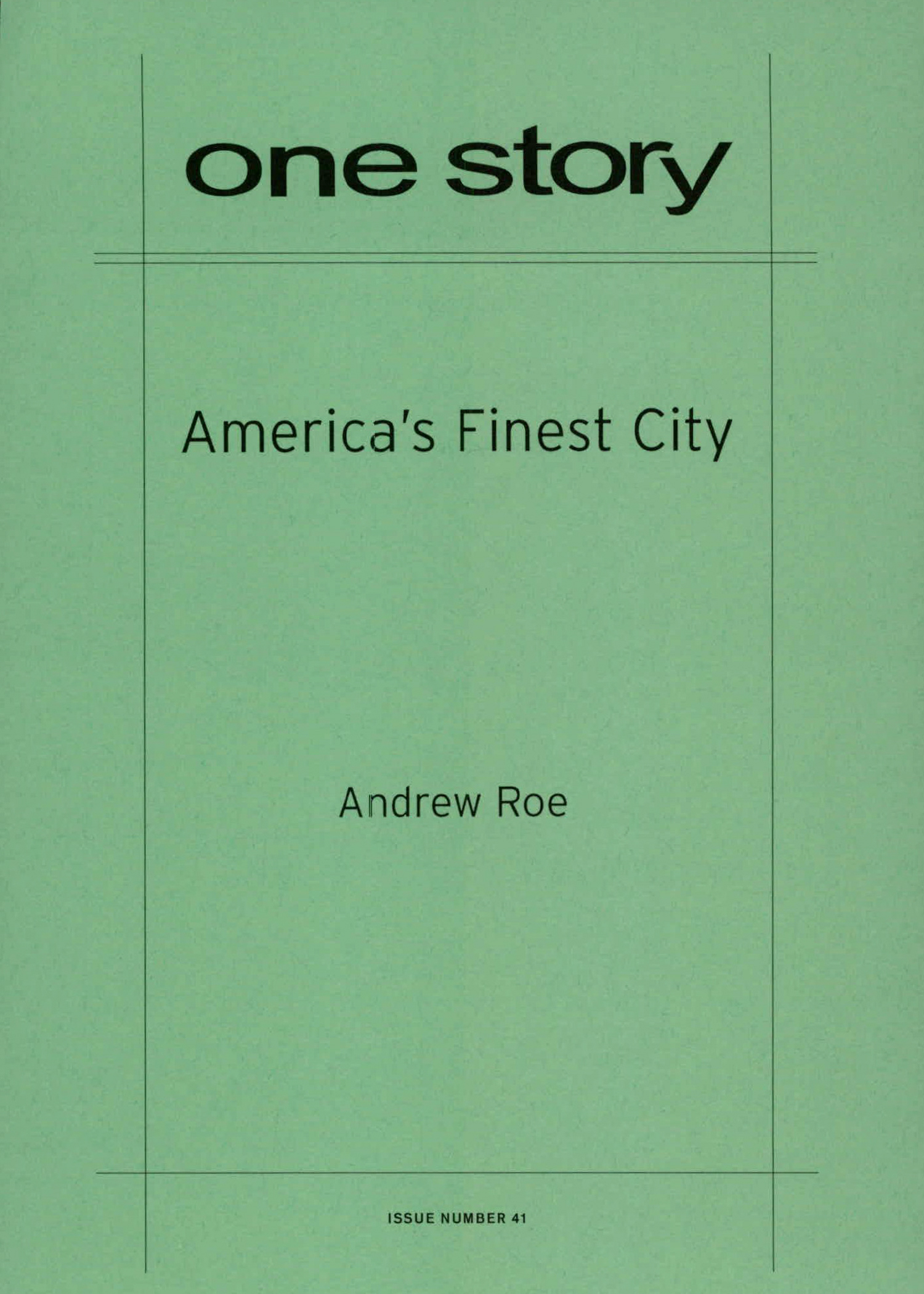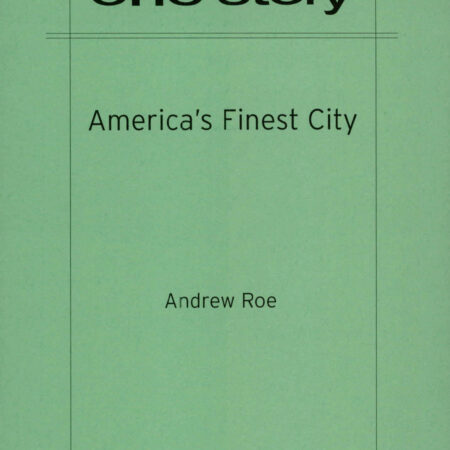
America’s Finest City
$2.50
47 in stock
Excerpt
The first abortion left her numb, feeling dreamy and indistinct, hardly a person at all. When the time came for the second she was beyond that. It was nothing, no big deal. Just another procedure. Why not two? Why not three?
She took the bus to the clinic, both times. Walked the many, many blocks through downtown Oakland. There was no sun and lots of wind. People stared. People knew. The two doctors were different but the same. They didn’t say much, just the bare minimum. Men, of course. The nurses were the ones who actually spoke to her.
“Do you have someone to take you home?”
This was the second time, four months ago already, a few years after the first. She had slipped. The time from when she was with Henry. Henry: who didn’t handle the news so well. Who kind of disappeared.
“No, I don’t,” she admitted.
The nurse finished checking her blood pressure. Then she scribbled the results on a chart that hung at the end of her bed.
“How is it?”
“Normal,” said the nurse.
Andrew Roe
Andrew Roe’s fiction has appeared in Tin House and Glimmer Train. In addition, his articles and reviews have appeared in the San Francisco Chronicle, New York Times, Salon.com, and other publications. He recently completed a novel, Retreat, and a short story collection, What I’m About to Do Now. He lives in Oceanside, California.
Q&A by Hannah Tinti
- HT: Where did the idea for this story come from?
- AR: The initial spark came from personal experience. Several years ago I worked for a friend who had a cleaning business. This was in San Francisco. One of my jobs was to clean a Starbuck’s late at night. So I got a taste of that nocturnal dislocation, of it being 2 a.m. on a Monday night and you’re scrubbing a toilet and wondering why you’re scrubbing a toilet at 2 a.m. on a Monday night. At some point, as a kind of coping mechanism, I guess, I started writing the part that is now the beginning of section 3. The rest of the story—the characters, the situations, etc.—came after that.
- HT: What was the most challenging aspect of writing this story?
- AR: Hmmm. Probably the challenge of keeping the main character somewhat anonymous seeming (she’s never named, is kind of out of focus at times) but also trying to create a character that wasn’t too vaporous and one-dimensional.
- HT: Why did you choose not to name your main character?
- AR: From the outset it just felt like the right choice. It wasn’t something that I dwelled on until after the story had been written. For me, so much of writing is instinctual, and not naming the character was just that—my instinct. Really, it wasn’t until later did I realize that it fit the story thematically as well.
- HT: Would you consider this a love story, or something else, more of an awakening?
- AR: Wow, that’s a great question. I wish I had a great answer but I don’t. Perhaps a little of both, but I’d say more of an awakening. Interestingly, I’ve had people read the story and think the relationship with Arlo will last, while others think it won’t. And I’ll leave it at that.
- HT: How did you come to that final moment, about the egret?
- AR: The part about the egret was actually a very last-minute addition before I submitted “America’s Finest City” to One Story. The story had been around for several years (and rejected many times) when it was wisely suggested to me that it might be a good idea to have the last section linger a bit more, to slow things down. So I went back to the closing pages one more time. And Arlo started talking and that’s what he said. I’m also a big fan of egrets myself, so that might have something to do with it too.
- HT: Who are your favorite writers? Is there anyone you look to in particular, in terms of style?
- AR: Although you might not know it from “America’s Finest City,” I’m an admirer of maximalist writers like David Foster Wallace, Donald Antrim, Don DeLillo, and Zadie Smith. But I also greatly appreciate the minimalist style of people like Raymond Carver and Denis Johnson. And it’s the latter camp that influenced the style of this story.
- HT: How long did it take you to complete this story?
- AR: Hard to say because I’ve been sporadically tinkering with it for years. The first draft probably dates back to 1997 or 1998, when a big chunk of it was written quickly and covertly at work one afternoon, using the old Alt-Tab toggle trick whenever anyone walked by my cubicle. Then after a month or so (or maybe longer) I had a draft that was much shorter than the version eventually published in One Story. Over the years it grew, shrank, grew some more.
- HT: What is the best bit of advice about writing you have ever received?
- AR: Two things come to mind. One, there’s that famous advice from Hemingway about stopping when you’re writing well and you know what’s going to happen next. Repeatedly, I’ve found that to be invaluable. But often, especially if you’re a writer who doesn’t have the luxury of lots of time to write, it’s difficult to pull back like that. So you’ll have a good writing session and then you push it too far and then a good session quickly becomes a shitty session. Two, there’s something Roy Parvin once said to me. After listening to a confession of writerly doubts and frustrations, he told me, “Be nice to yourself.” Writers tend to beat themselves up a lot. At least I do. I still could be nicer to myself, but I think I’m better than I used to be.
- HT: What are you working on now?
- AR: I recently finished a novel, so once I’m done revising it (hopefully soon) I’ll be turning to some stories that have been on the back burner for a while and are in various stages of completion. Then, in the fall, I plan to start another novel.
